Breaking out the magnifying glass and sifting through the spec list of almost any feature article of the piston variety found on the pages of NZ Performance Car and NZV8 will reveal one of most proven parts manufacturers in the country, and abroad — Kelford Cams. All the big hitters run its camshafts, valves, springs, porting specialities, and other valvetrain-related products — the R.I.P.S. Racing MGAWOT III and All Motor Drag Car Civic being just two examples.
To get the lowdown on who the the guys and gals behind Kelford are, what they do, and why its parts are the business, we sat down with Kiel Rasmussen for a yarn.
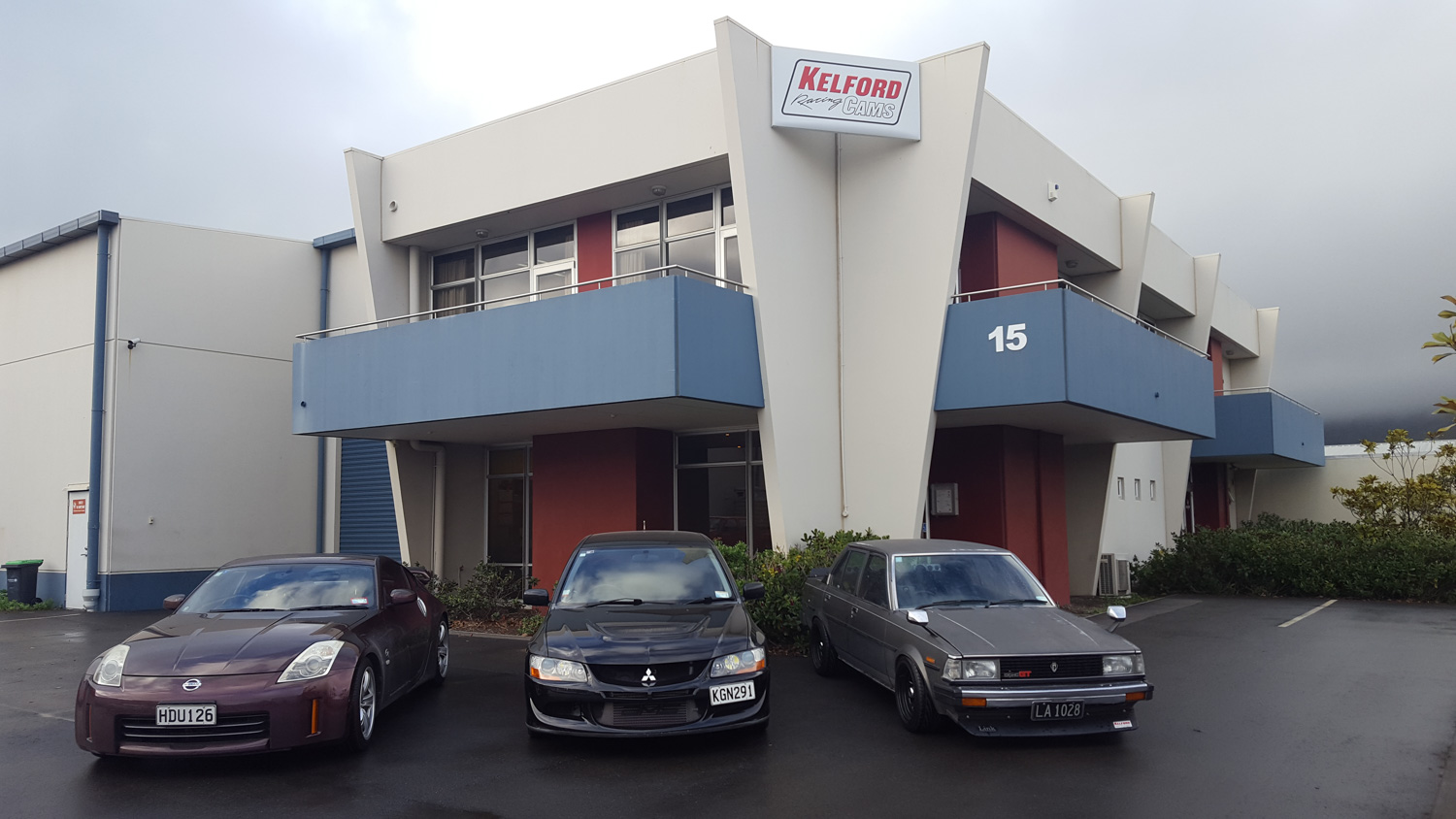
The Motorhood: Hey, Kiel. We know the name, but how did Kelford get started?
Kiel: Hi, guys. Kelford Cams actually began way back in 1968. Norm Kelly and Ron Rutherford (Kel-ford) started out by regrinding and modifying cams for local hot rodders, which evolved into supporting the local speedway — Ron was a founding father of Woodford Glen speedway.
Over the years the cam grinding side grew, as did the library of parts that were imported and sold. The company continued to evolve over the years until in early 2006, Kelford bought and installed the southern hemisphere’s first masterless CNC cam grinder, which allowed the company to grow into the international operation it is today.
That growth has continued, to the point that by the time this article is published we will have taken delivery of a new state-of-the-art camshaft grinder. This will allow us to not only keep up with demand, but also develop and release new engine platforms and tackle new technical challenges, like direct injection and inverted radius lobe designs.
That’s a lot of years in the game, and some serious equipment. Tell us a bit about the reaction to your products, both at home and across the globe?
In New Zealand it starts with someone going fast in their respective class, then one of his or her competitors contacts us to go faster, and the whole thing snowballs. Because of our quality and accuracy we’ve been the supplier of many different control-class cams across a few different motor-sport disciplines in New Zealand, while on a global scale, our cams’ performance has lead us to being on more podiums in more forms of motor sport than we can keep track of. This has seen us take on making proprietary camshafts for some of the biggest performance companies in the world, some we can name, some we can’t — it’s really hard when you want to tell everyone that your cams have broken a world record, but you aren’t allowed to …
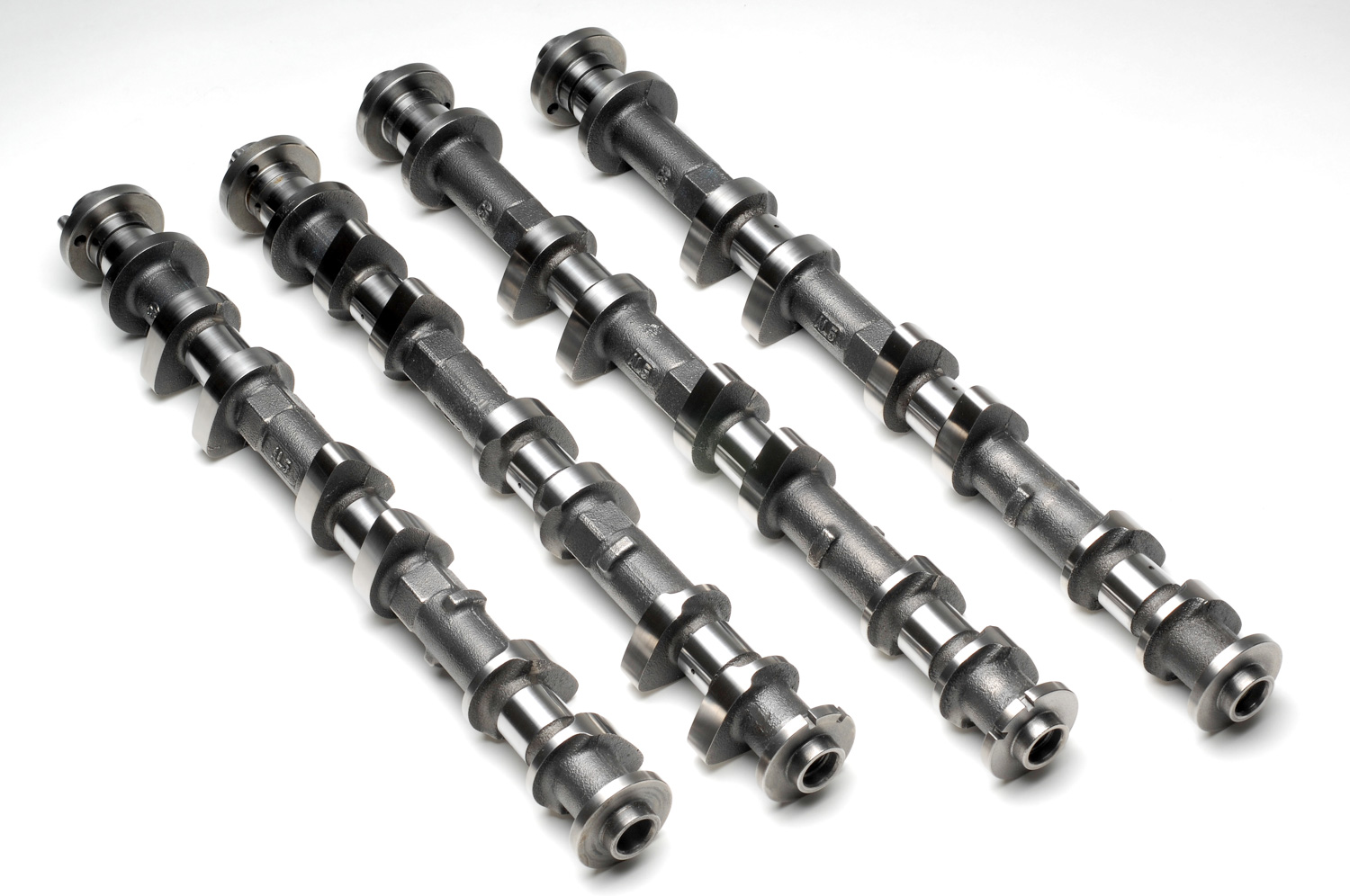
Yeah, we see the name almost daily, at an enthusiast level right up to the greats. What’s your most popular product in the Japanese performance range?
Oh, it would be Mitsubishi Evos by a long way. Years back AMS Performance did some back to back testing with all the available Evo 272-degree cams and ours were —and still are — the best-performing camshafts for the 4G63 platform. We sell over 1000 sets of Evo cams a year around the world, and the Evo X 4B11 platform is sneaking up on the 4G63 in terms of popularity. The Toyota 2JZ and Nissan R35 GT-R are massive too, with what the import drag racing guys are doing with these engines overseas, we’ve seen a massive surge in both of those engines.
And in the V8 range?
Definitely the LS platform in terms of numbers. We’re starting to export more and more of them overseas, particularly to Australia, where LS are factory fit options for a number of Holden models — our LS cams have been proven to be some of the best designs in the industry in terms of performance and valve train stability. After that, in terms of numbers, the Toyota/Lexus 1UZ-FE is probably our next biggest V8, and we do a lot of Super Stock cams for New Zealand dirt racing cars which are fitted with them.
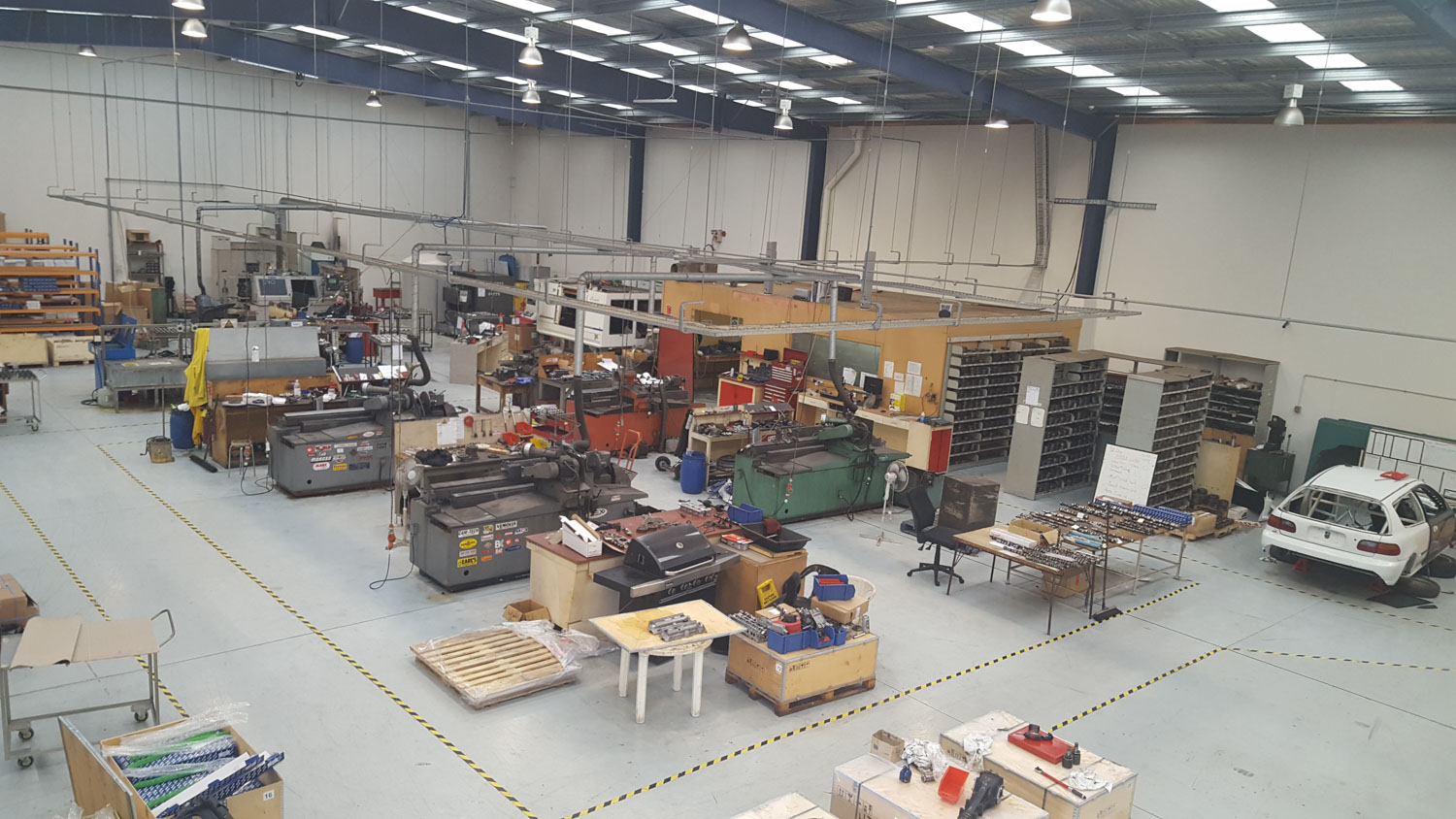
You don’t just make cams though, you offer a number of other components and services?
For sure, we offer a huge range of valve train products, along with CNC porting and the full race-prepped head treatment. Everything we do is based on decades of engine development experience, and we have very specific numbers we work to for each application. We’ll take a particular engine’s application and tailor a package to suit, everything from cam specs to spring package, valve size to valve materials. We mix real-world results with some proprietary software that we’ve developed to create cam specs and valve train set-ups that meet the needs of the customer. We go beyond simply picking the duration and lift of the cams and grinding them, rather we delve deeper into the overall stability and longevity of any of our products, as well as the dynamic properties of the valve train and all components. For any specific engine we have developed specific engineering limitations relating to the customer’s goals and the combo of parts available. Sometimes it’s for an endurance engine, where ultimate power isn’t as important as stability or longevity, and sometimes it’s an All Motor or Factory Extreme type drag motor where power is everything, and it only needs to last one run at a time.
And how can people get in touch with you?
Web: kelfordcams.com // Email: sales@kelfordcams.com // Phone: NZ — 0800 33 8000, Australian 1-800 CAMSHAFT (22674238), or international +64 3 929 0725 // Address: 15 Kennaway Road, Woolston, Christchurch 8023, New Zealand
For your viewing pleasure, here’s a selection of the many, many local cars that Kelford has worked on and supplied parts for:
R.I.P.S Racing MGAWOT III — NZPC 213
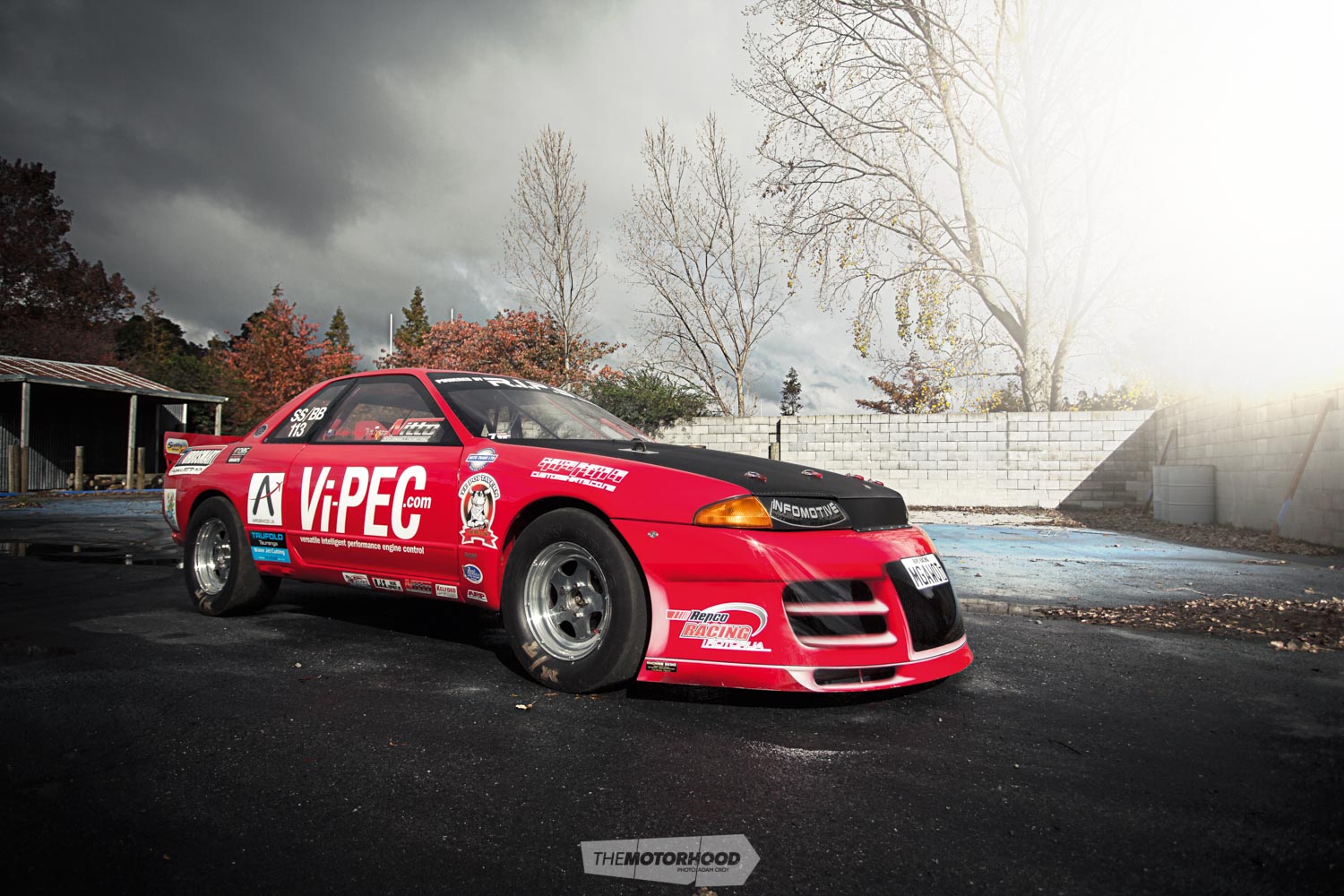
Robbie Ward has unofficially had more features in NZPC than any other workshop in New Zealand. But it was his MGAWOT III R32 GT-R on the cover of NZPC 213 that put him on the world map. Robbie had a goal in mind with the car, the long-standing world GT-R record, held by fellow Kiwi Reece McGregor in the Heat Treatments R32 with a 7.41 at 310kph. At the time of the article, the engine was an RB30 into which Robbie had dropped Nitto pistons, rods and a stroker crank to increase capacity to 3.2 litres. A brand-new RB26 head received the full Kelford Cams treatment, with custom-spec cams and valve train and a healthy dose of porting. The turbo was the Garrett GT47 Glen Suckling had run for the years he campaigned the GT-R. The ECU side of the build was sorted by Link ECU, with its top-of-the line Vi-PEC ECU and a M&W Pro Drag 6 CDI to provide firing power.
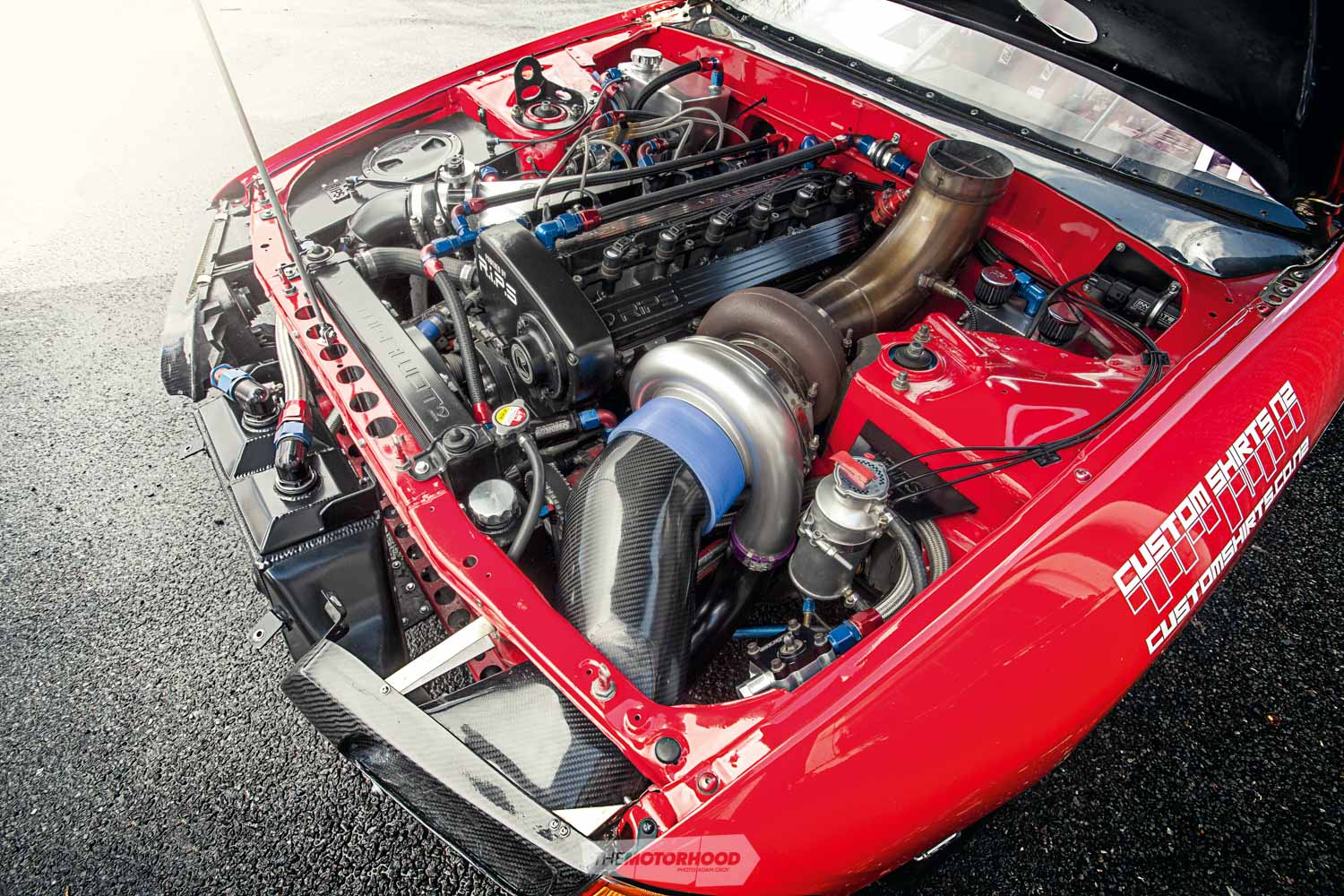
On paper it looked promising, but no one, including Robbie, believed it would go a full half second faster than Glen had in the first season — it ran a 7.48s. “I thought we would run a seven pretty easily, not at the first meeting or anything, but I thought over time we would get down to around a 7.7 or 7.8, which is where Reece [McGregor] got to after three or four years. Even Godzilla Motorsport in Aus, on good tracks with big tyres and methanol, only went 7.6, and it took quite some time to get there. So I thought there must be something that happens around that ET, as everyone seems to hit a brick wall around that time and it takes a lot of development to get past it. I was more than expecting to hit that wall on Meremere at around 7.7.”
More often than not Robbie chooses to run in drag classes with the V8 guys, and over the NZDRA/IHRA seasons, running in Super Sedan, the R.I.P.S team claimed more than a few national records, something that doesn’t sit so well with the old guard. But we aren’t here to discuss the politics of drag racing, and neither is Robbie. Like we said earlier, the team is only focused on one thing — and that is going as fast as possible.
Kelford All Motor Drag Car — NZPC 104

New Zealand’s most hard-core Honda drag chassis is currently being dusted off in anticipation for a return to the strip following a seven-year hiatus. Built by the team at Kelford Cams in 2009, the ex-cover car (NZPC 104) weighed in at 750kg and sported a very serious H22A. At the time the car ran a best of 10.88, and the team is keen to see how much faster the package can go with some modern tweaks — as you can imagine, technology has moved on a lot since then. The H22A will remain, along with the PPG gearset, although as Josh from Kelford explained, the engine is now a 2.4. “We are still using the same H22A sleeved block we had last time the car ran, we are increasing the stroke to 97.5mm and using lighter-weight alloy con rods that will give us just over 2.4 litres, the head has had days spent on it pulling every CFM of airflow it can breathe. The cams and valve train parts have been redeveloped, and only the rockers are left from the old set-up.” The plan is to run either methanol or E85, the injectors have been upgraded and the same 60mm Billet throttle bodies will stay.
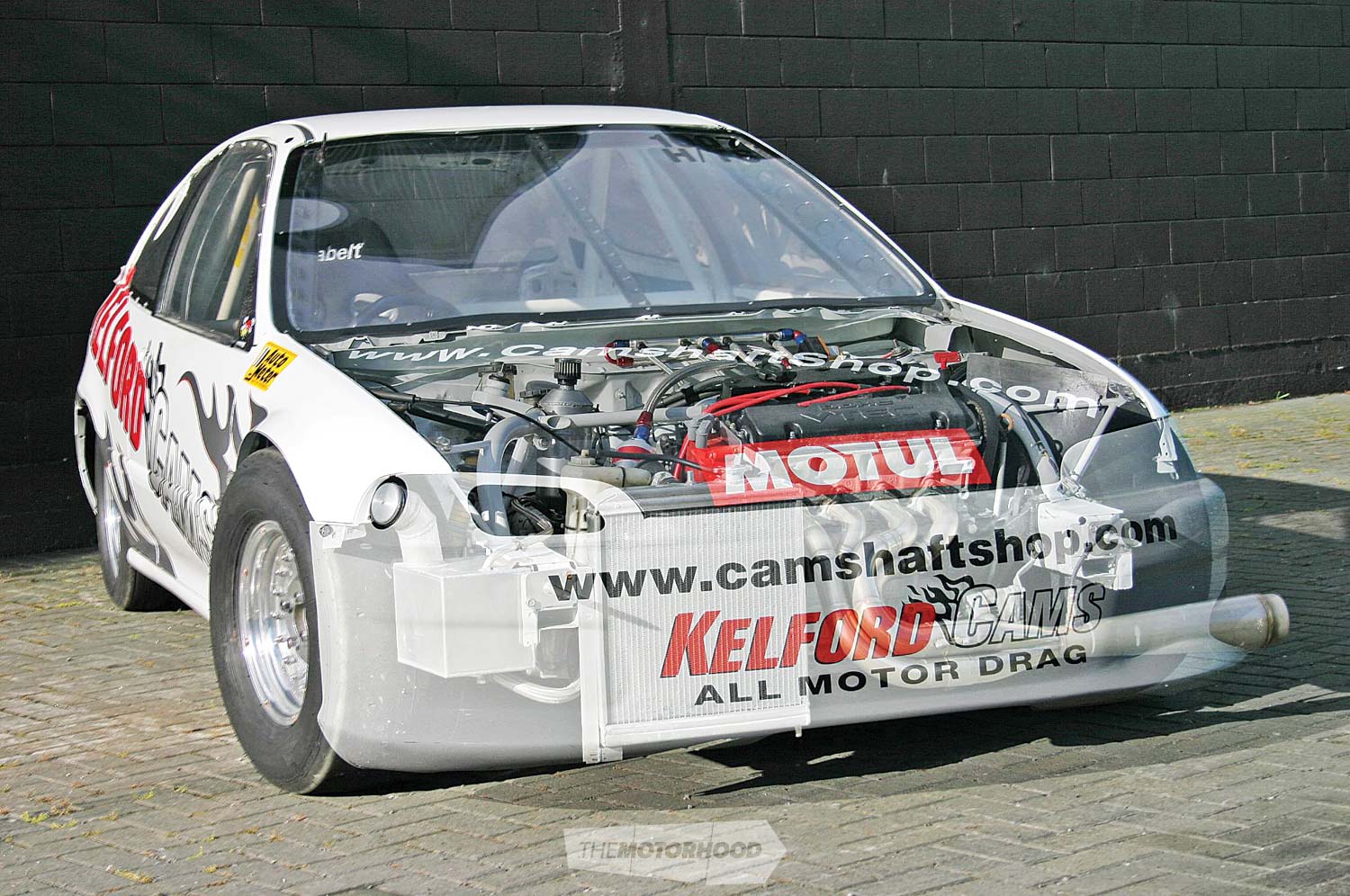
The suspension package will also remain, with a double A-arm front end with chromoly arms, although the brakes will be upgraded and a line locker added to help heat those front slicks. A new Link ECU will be installed so the team can make the most out of the new features, like flat shifting and launch control. The project is coming together slowly in-between the regular work load, but the plan is to have the car out at Ruapuna this coming summer season with an all-new look, and hopefully a ton more pace.
ST Hitec R35 — NZPC 249
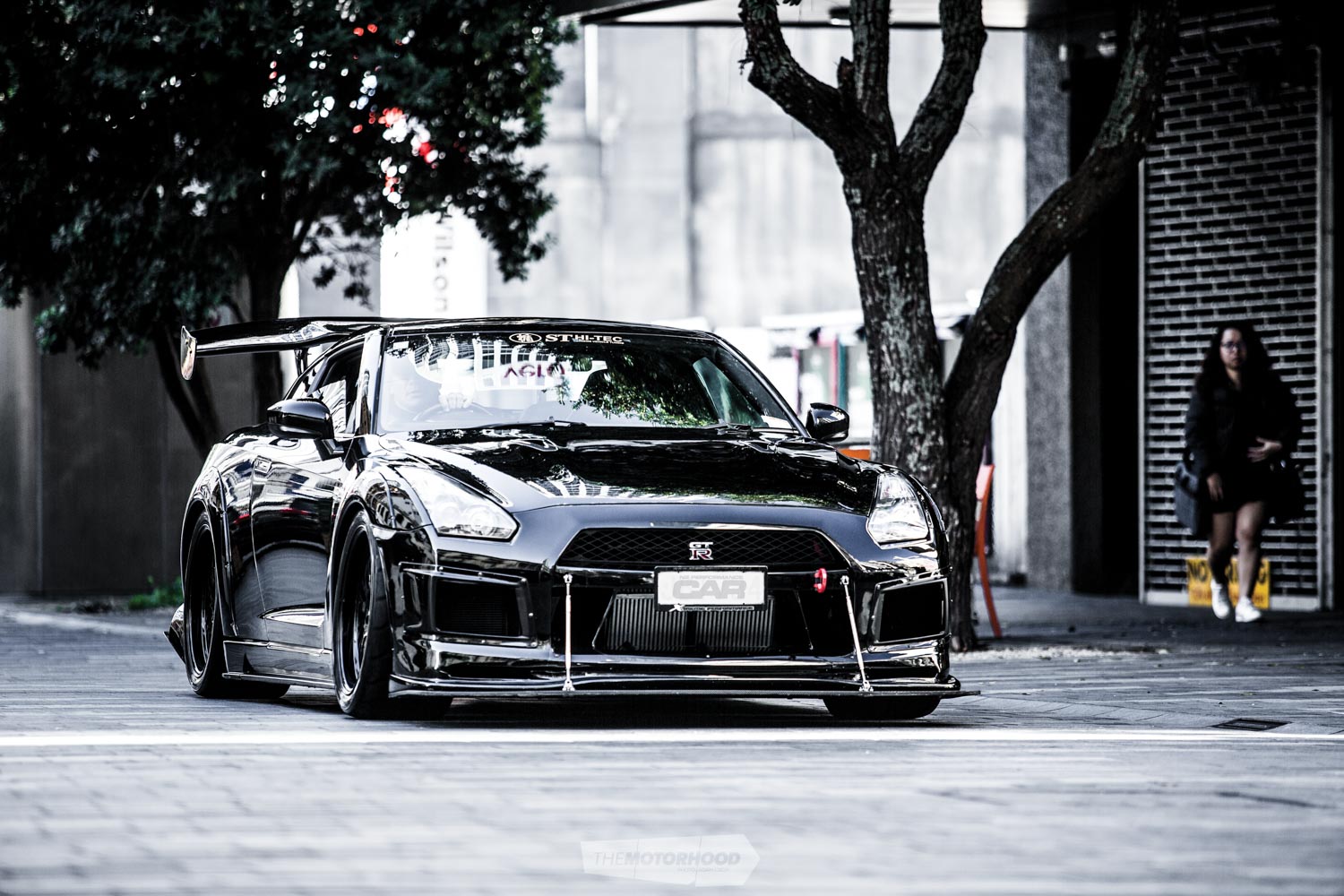
When ST Hi-tec turned out to the local time-attack series, NZ Superlap, two years ago with its own R35 GT-R, nobody could have predicted quite how fast it would actually become, especially considering how sedate the car appeared at first glance. To get the party rolling on the R35, the VR38 bottom end was fitted with a Brian Crower 4.1 stroker kit that would see a billet crank, CP pistons, and Carrillo rods crammed inside. You don’t stroke and forge a bottom end on a whim though, and this was done in preparation for the whole lotta boost to be pumped through. Initially that boost came courtesy of an HKS1000 twin-turbo system before that was switched out for a custom Garrett GTX3582R twin-turbo kit with compressor housings which were 10 per cent larger.
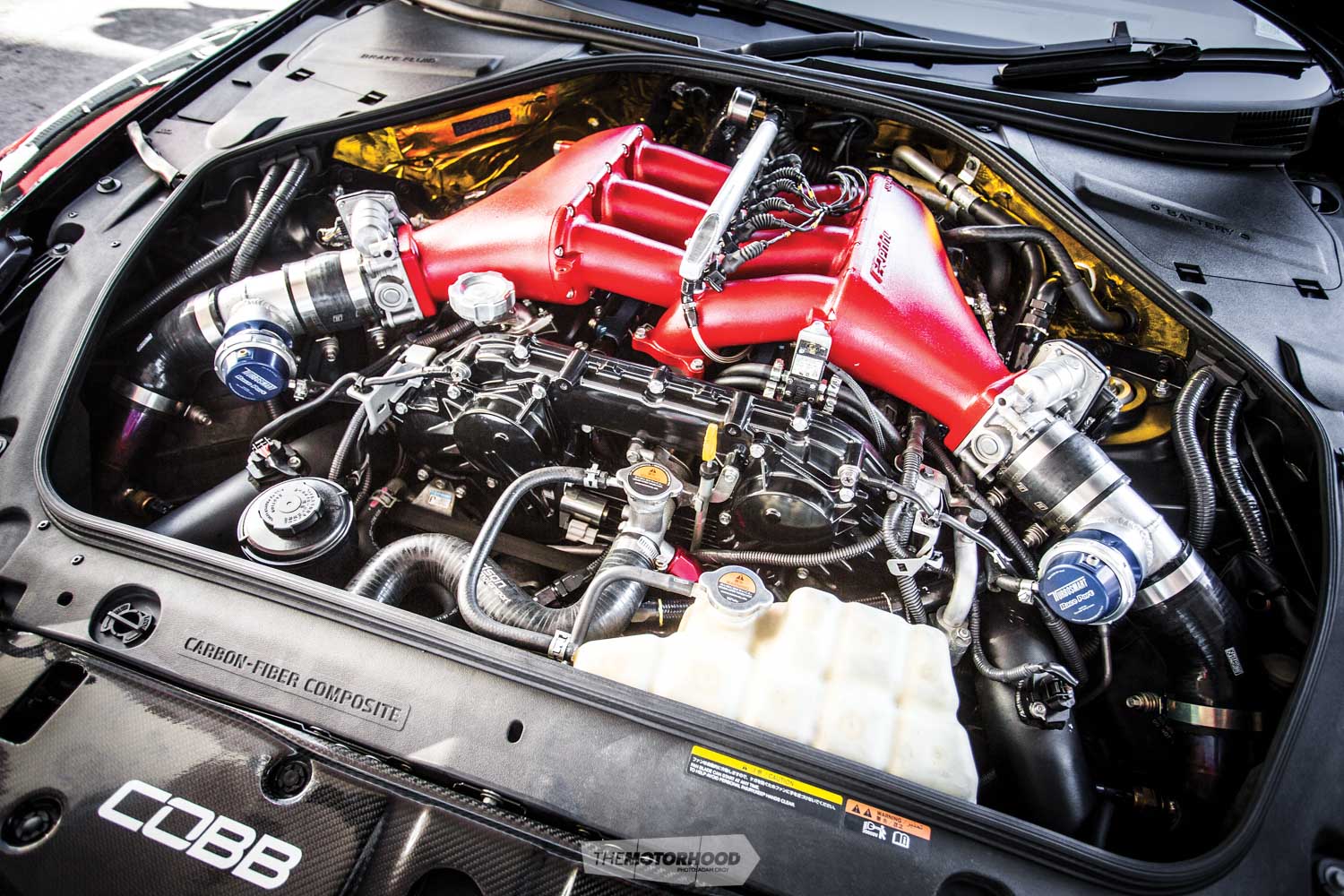
To support the kind of chuff that these babies would pump out — a cool 33.3psi — the heads were CNC ported and packed with Kelford Cams 292/306-degree Ultimate Race camshafts. The package netted the car 969kW (1299hp) at the wheels … and despite its kerb weight of 1850kg minus driver, the R35 proved extremely competitive in the chosen Pro Street category of NZ Superlap. Iain punched out times faster than some drivers in the ‘faster’ Pro category — lapping Hampton’s National circuit in a blistering 1m 10.196s, 1m 8.98s on full slicks, and the international circuit in 1m 41s. The team was so sure it had what it takes to attack the quarter mile, that a private test day at Meremere dragway was booked with the intention of setting the fastest R35 pass in New Zealand. It only took Iain a single run off the bat to tuck a 10.056s at 147mph (236.5kph) pass securely under his belt — making the ST R35 the undisputed fastest R35 GT-R in New Zealand.
DK Motorsport STi — NZPC 239
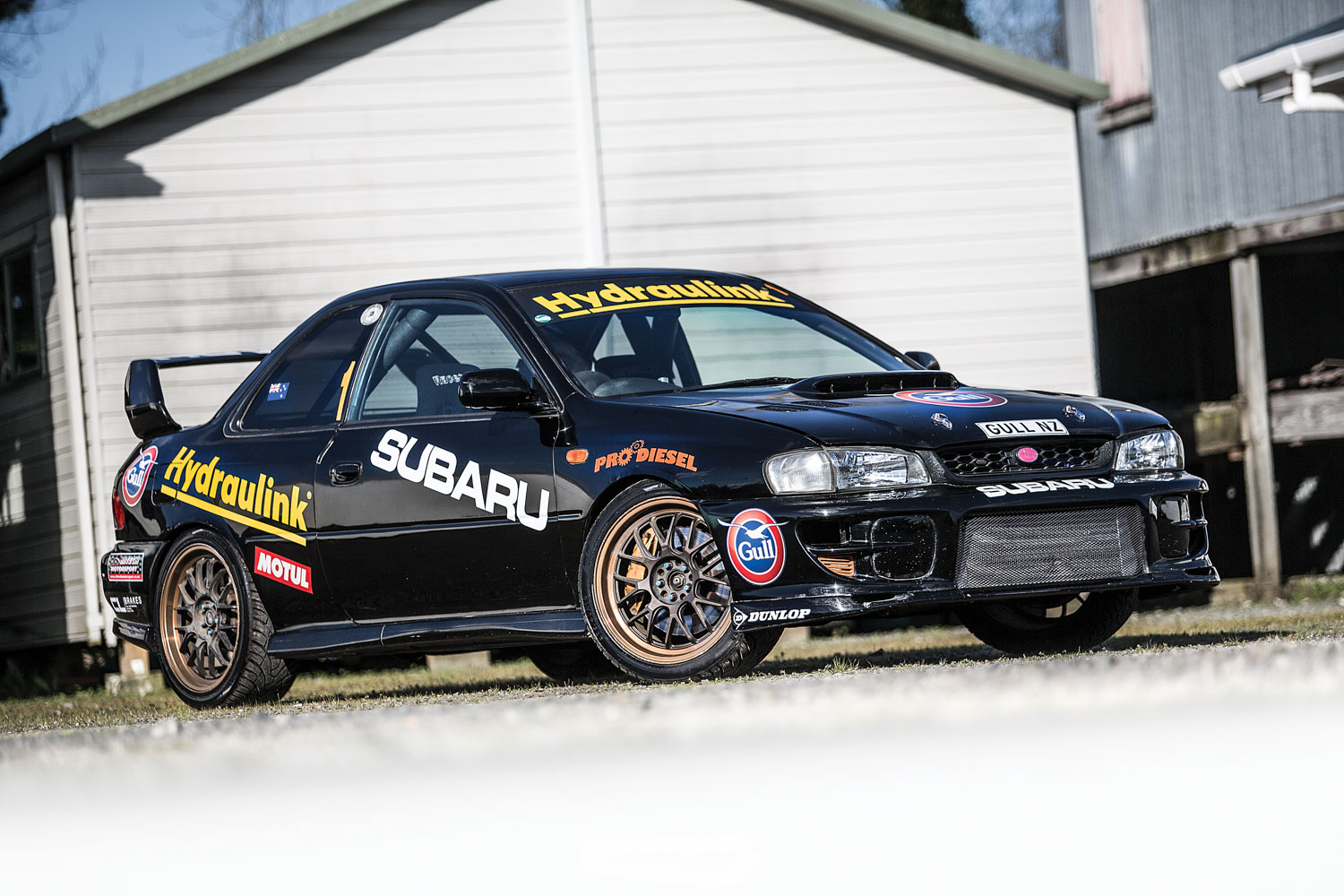
An engine tuner by trade, Dan had the knowledge needed to produce a hearty package, especially one of the Subaru persuasion — having served time as a motor-sport technician on various teams over the years, he now campaigns with Subaru-supported driver Ben Hunt. When a brand-new valve failed due to a defect in manufacture in his own car, taking the oily bits with it, Dan took it in his stride and decided to take the best of what Subaru had developed over multiple generations of STI to build different car — a hybrid of sorts. In its basic form the engine is still the iconic EJ20: what makes it special is the carefully selected combination of a Subaru V11 M block and the V8 VCT heads which sit either side. The block was chosen for its thicker bores, and to create a stronger bottom end it houses a factory nitrided STI crank, forged BC rods, and custom-made forged pistons. The heads were an easy choice, being the VCT examples with shimless buckets, whereas the V7 and previous versions had shim-over-bucket types — they have also been given the Marsh Motorsport porting treatment.

When it came to selecting the best cams for the job, Dan naturally called on what he knew, and got in touch with the team at Kelford to produce some seriously angry Kelford 288/280-degree cams. The package saw the car jump straight into the Top 10 shootout at Leadfoot Festival 2016 when it was helmed by Ben Hunt, and he placed fifth overall, which had the Subaru rubbing shoulders with some of the best names in the business, including Rhys Millen, Alister McRae, Sloan Cox, Rod Millen and Andy Duffin.






